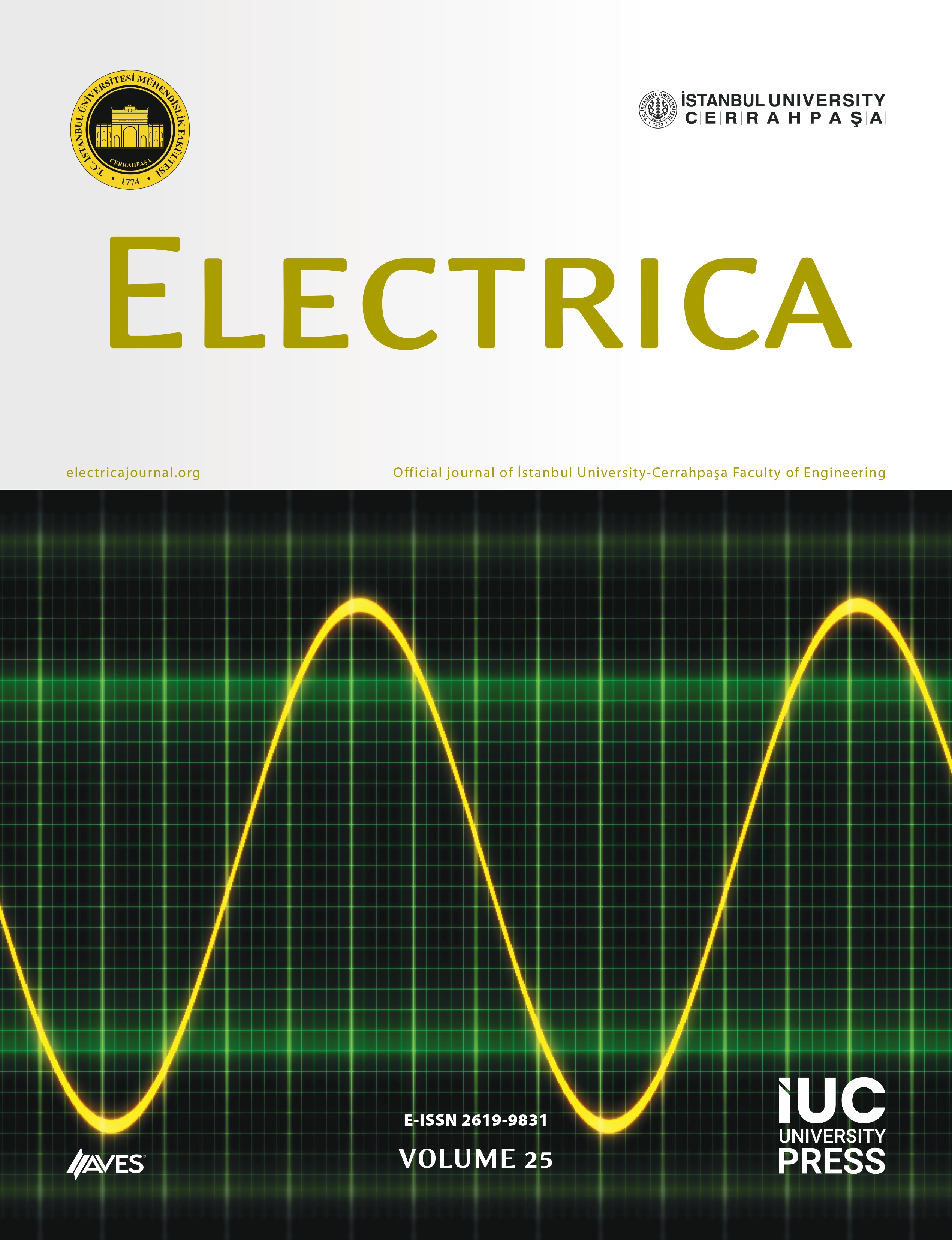This article presents the performance evaluation of an isolated dual active half-bridge (DAHB) converter with
discrete SiC MOSFET devices. The impact of a resonant network on the SiC MOSFET DAHB under two different modes is investigated. The soft-switching characteristics, zero voltage switching (ZVS), and zero current switching (ZCS) operations are achieved by using a series resonant network. Another advantage of this DAHB converter without a resonant network is that it achieved partial soft switching for the main SiC MOSFETs. The discrete switching devices, SiC MOSFETs, are used to develop the DAHB module. The experimental investigations were performed on a DAHB converter system with 330V–500V switching frequency, 100 kHz operated at 700W output power, and obtained 96.5% efficiency.
Cite this article as: V. Venkata Subrahmanya Kumar Bhajana, P. Biswal, P. Drabek and V. Kakani, “Experimental investigation of SiC MOSFET-based isolated dual active half-bridge converter: hard-switching versus soft-switching,” Electrica, 25, 0183, 2025. doi: 10.5152/electrica.2025.24183.



.png)

.png)